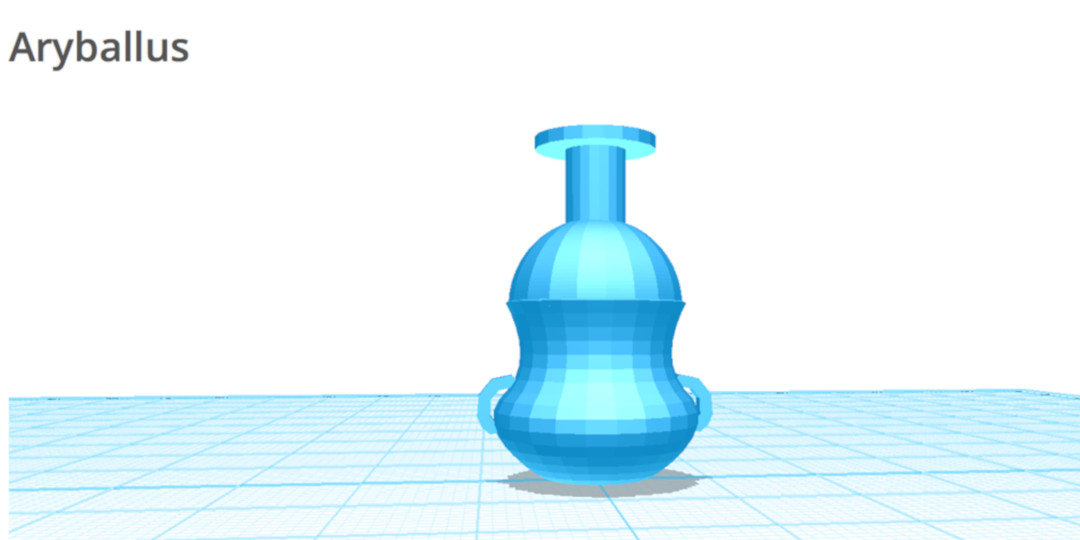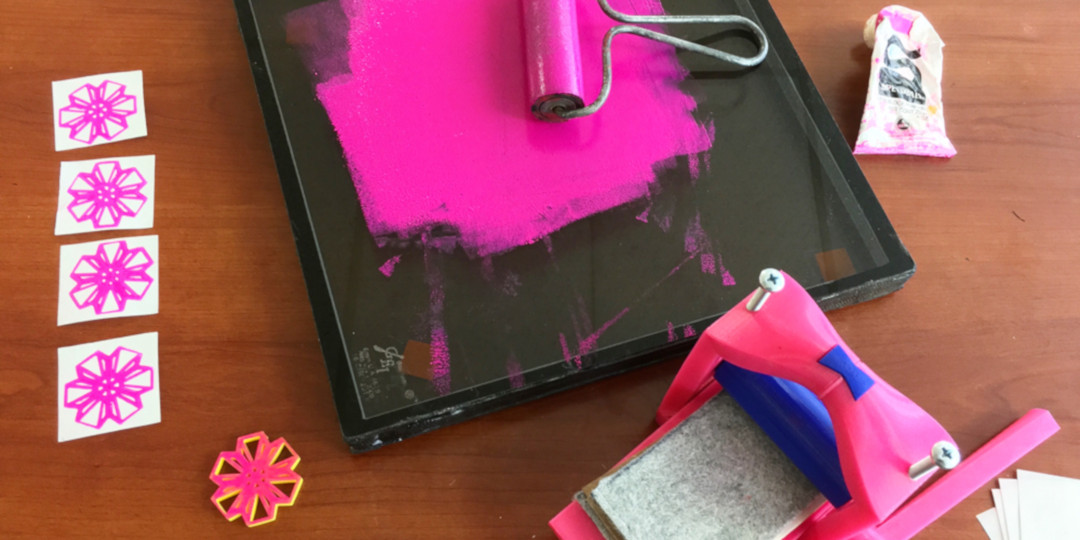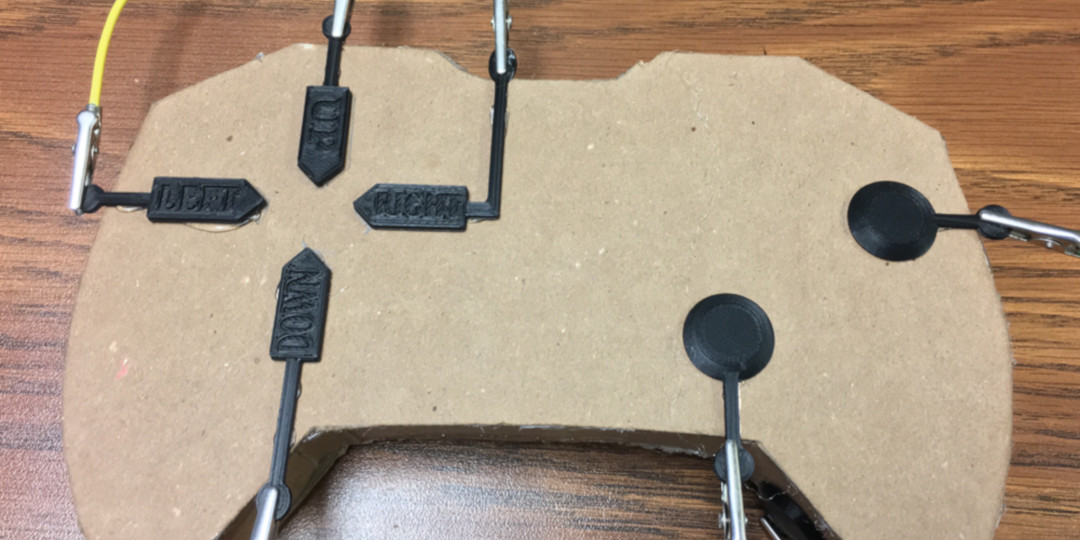Pioneer Christopher Sweeney shares the work he did with 3D printing and the Smithsonian Learning Lab.
I have had the unique pleasure to work with the Smithsonian Learning Lab since the summer to create collections of educational resources, organized and structured for teaching and learning, and published on the website. All of the collections used resources from the Smithsonian, as well as the Penn Museum (whom I have been collaborating with on workshops since 2015). I also used Ultimaker’s Education page as references for educators to learn the basics of 3D printing, and I used Youmagine.com to post STL files of examples of my work for educators to use, copy, and 3D print. All of my collections (and lessons contained within them) were directly influenced by pieces from South America. Works in this collection include designs and pieces from the Aztec and Inca cultures, and from countries like Mexico, Guatemala, and Peru.
The resource collections were researched and incorporated artifacts, designs, and artwork from many different Latin American cultures, both ancient and modern. The first collection I curated focused on Incan Aryballus Vessels, flasks which were used for holding oils and other precious items. The included lesson follows Project Zero’s process and routines for viewing items to gain inspiration for creating new interpretations through 3D modeling. For this collection I focused on using Morphi, a simple to learn 3D modeling program for 3D printing and AR and VR visualization. I also included some design thinking ideas, links to Ultimaker’s Education page to help teachers and students get through the 3D printing process, and links to Ultimaker Cura resources to familiarize educators and students with the process of going from design to physical model. I also provided a link to my lesson example posted on Youmagine, so that educators could print it out to share with their own students.
My second collection, 3D Printing/Printmaking with Latin American Designs, combines my love of art, design, and relief printmaking with cultural artifacts from Mexico, Peru, Panama, and Guatemala. The patterns and designs found in ancient and modern pieces provides students with a starting point for creating their own designs. Using Morphi, students are asked to create a geometric design to be used for relief printmaking. They can then use a printing press or a 3D model of a press designed by Martin Schneider. Schneider’s designs are easy to 3D print and are very portable, which allows anyone to make their designs come to life via relief printing.
Although only two of the collections are 3D printing oriented, the third one does tie into the technology by way of Scratch and MakeyMakey. Here is an example of what can be used with MakeyMakey, Scratch, and 3D printing, which I highlight in the link to my lesson on MakeyMakey’s educational website, Labz.
In the third collection, Aztecs and Coding, I show educators (as well as the students), some of the cool things other people have done with direct historical connections to games that the Aztecs played. Note, these are not my coded games, but they are very good representations of how to go about making the history relevant to students via coding and animation. The added layer is the control panel/instrument they create via cardboard and 3D printing fabrication, which I do with my students at CHAD. I also use conductive filament from ProtoPasta for buttons and controllers on these types of projects.
My hope is that educators (especially art and design teachers at all levels) will use these collections in their curriculum and classes. By taking advantage of 3D modeling, printing, and the Project Zero routines incorporated into the Smithsonian Learning Labs collections, students can gain a better understanding of the craft, culture, and meaning behind the art and design of these featured ancient and modern works.



























